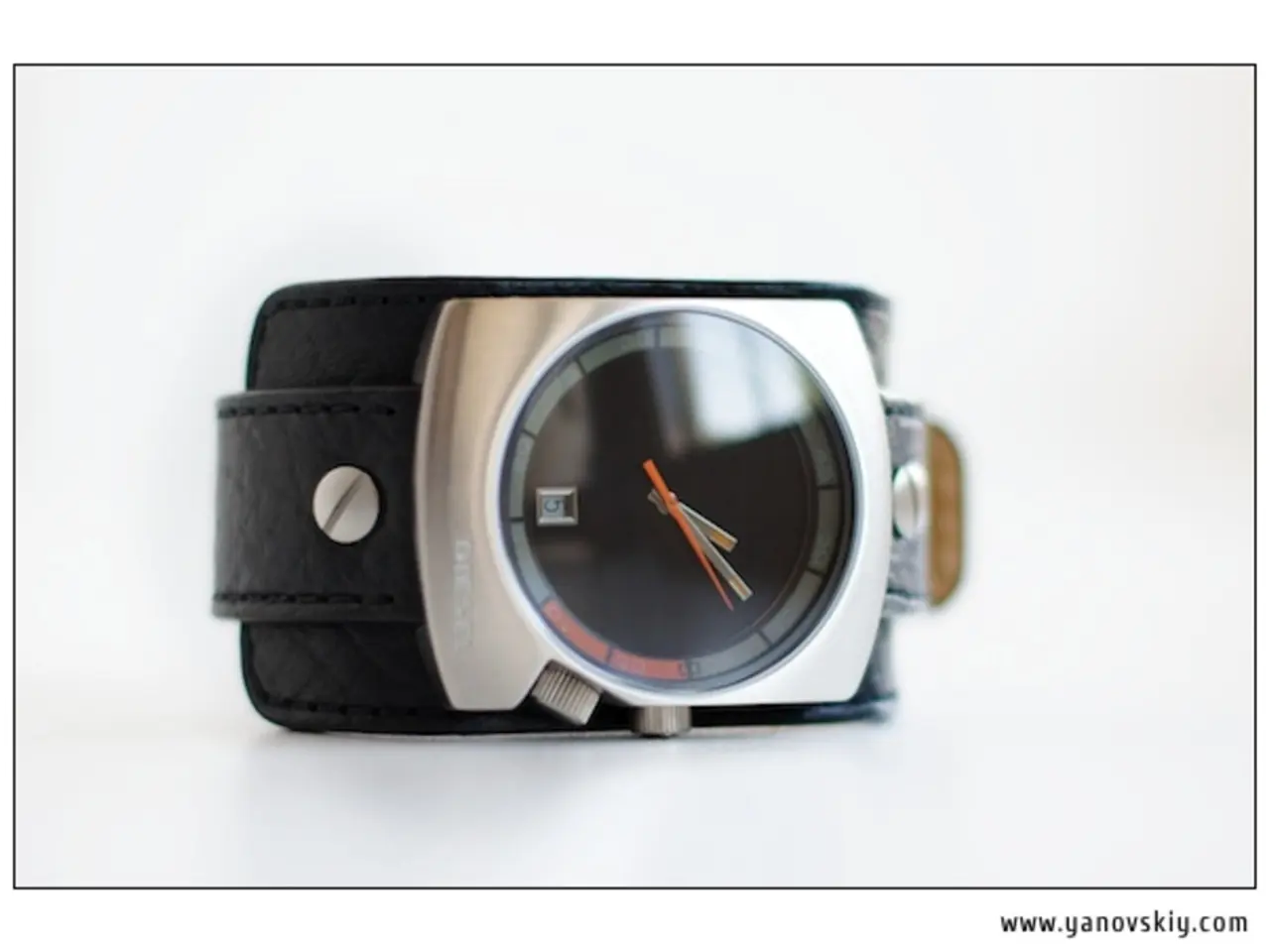Clockwork cuckoo bell repair denotes the process of fixing a damaged or malfunctioning cuckoo bell in a clock.
In the world of cuckoo clocks, a silent "Cuck" can be a tell-tale sign of a problem during the repair process. This article offers a comprehensive guide on how to repair the bellows of a cuckoo clock, ensuring the clock's characteristic cuckoo call is restored.
When it comes to repairing the bellows, the first step is to remove the clock's pendulum, weights, and hands. Laying the clock on a soft surface, unscrew the back panel to expose the bellows. Carefully remove the screws and staples holding the bellows in place.
Inspect the bellows for tears, holes, or worn parts. If minor tears are found, they can sometimes be patched with suitable adhesive or replacement tops. However, if the bellows are severely damaged, they often need replacing. Replacement bellows or bellows repair kits can be ordered from cuckoo clock parts dealers, such as Frankenmuth Clock Company or specialist vintage clock parts sellers.
To repair the bellows, take out the old bellows tubes with a hobby knife. Glue a new hinge with a strip of TYVEK on the fixed end of the two bellows pieces. Use TYVEK to replace the bellows, making a piece approximately 2 inches by 7 inches. Wrap the TYVEK around the bellows using a template, and apply Seal-All or carpenter's yellow glue to all outside edges.
Wait for about two hours until the glue is dry, then form the TYVEK so it knows which way to fold when the bellows are actuated. Reinstall the repaired bellows back into the clock case, connect the actuators, and re-attach the back cover.
It's essential to be meticulous during the repair process. The constant striking of the clock and the actuation of the bellows cause leaks at the creases, which are the highest wear points. Thus, making a tracing of the bellows opening on paper before repairing can help maintain accuracy.
Many collectors have at least one cuckoo clock in their collection. The first cuckoo clock in a collection might have been a gift, such as the one given by Uncle Dave. For those who are curious, the author of this article does not have a cuckoo clock in their collection but relies on knowledgeable people like Megan to fill in the blanks about cuckoo clocks.
Intriguingly, an online ad for a "Cucuko" clock was found, with the spelling being incorrect. This serves as a reminder to double-check the spelling of items when shopping online. The cuckoo clock is indeed the subject of a profile article, and its history is fascinating.
In conclusion, repairing cuckoo clock bellows involves delicate disassembly, damage assessment, possible patching or replacement with quality parts, and careful reassembly to restore the clock’s characteristic cuckoo call sound. For best results, use trusted sources for parts and follow detailed guides or videos specific to your clock model.
In the realm of interior-design, vintage clocks, such as cuckoo clocks, can add a unique charm and charm to any home-and-garden setup. The process of repairing the bellows of a cuckoo clock, as described in this article, is crucial for maintaining the longevity of this lifestyle accessory, ensuring the clock's traditional cuckoo call remains intact.




